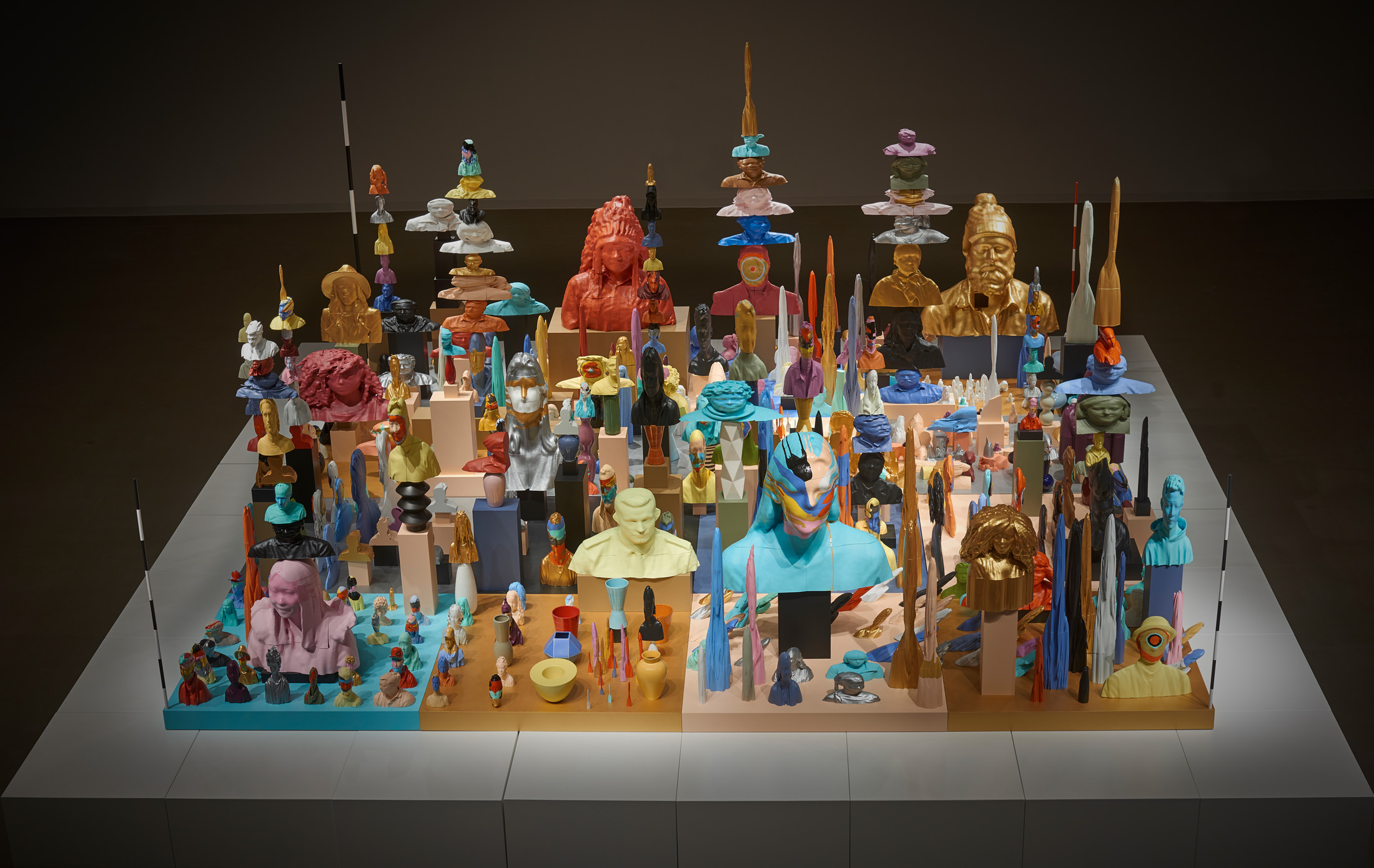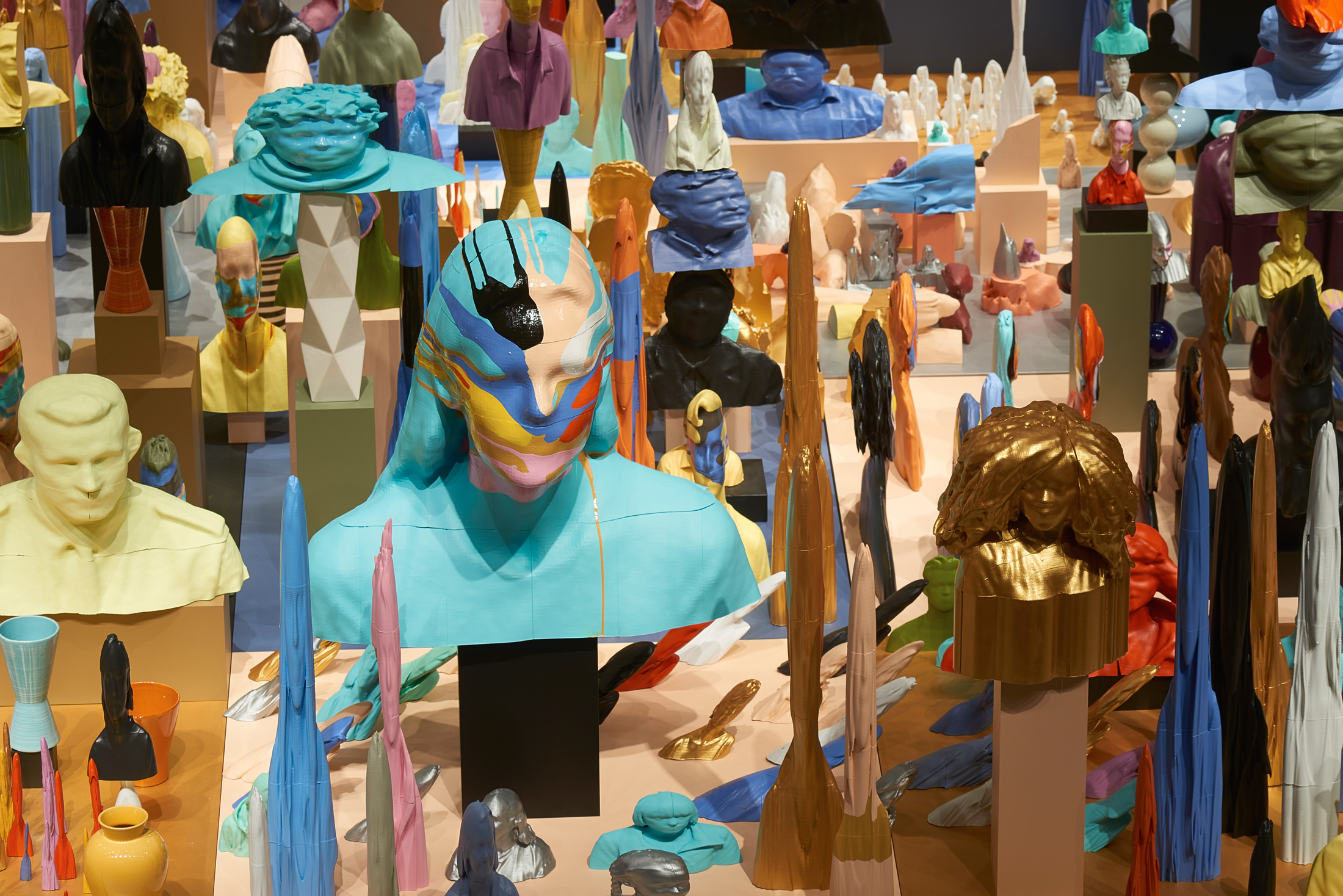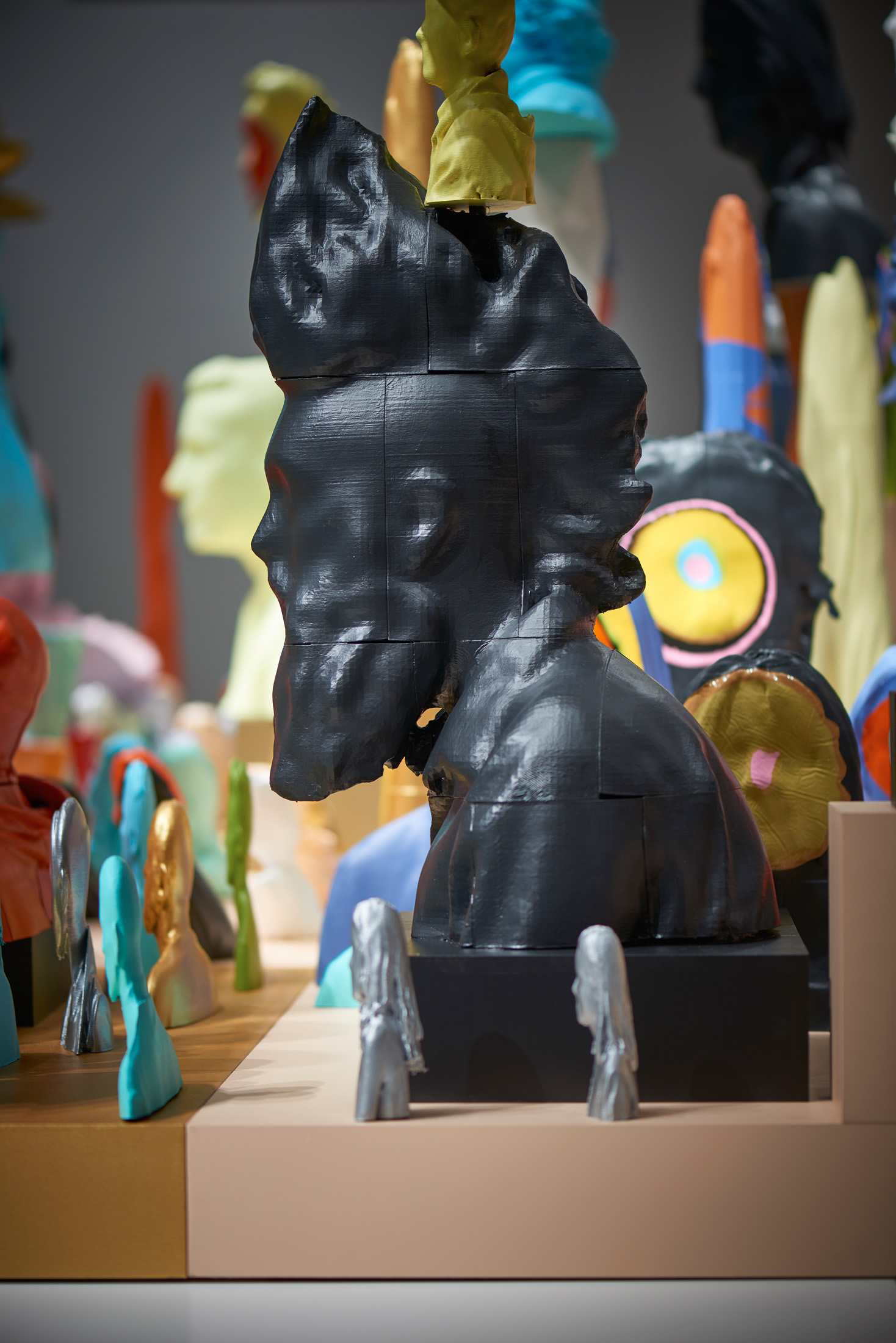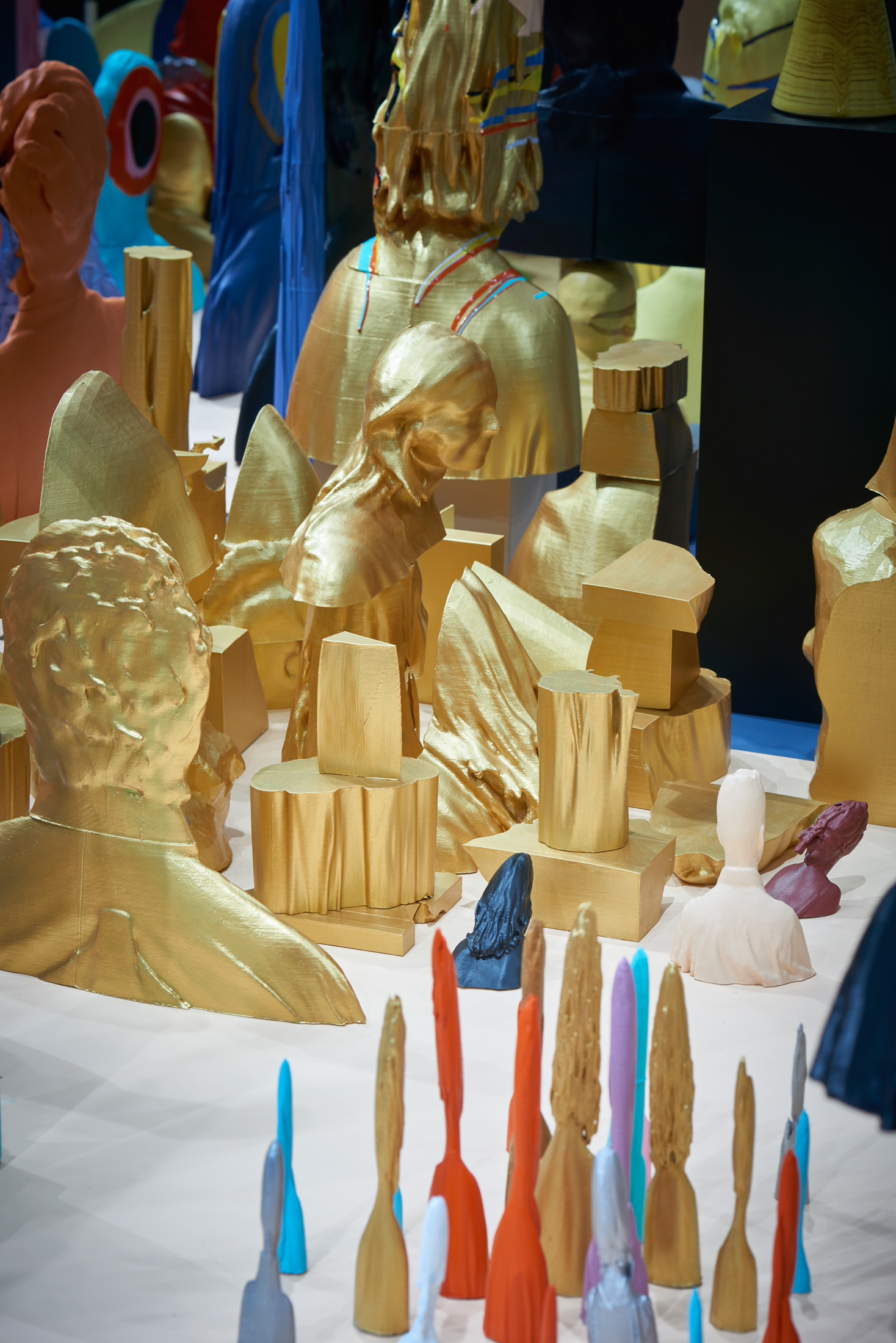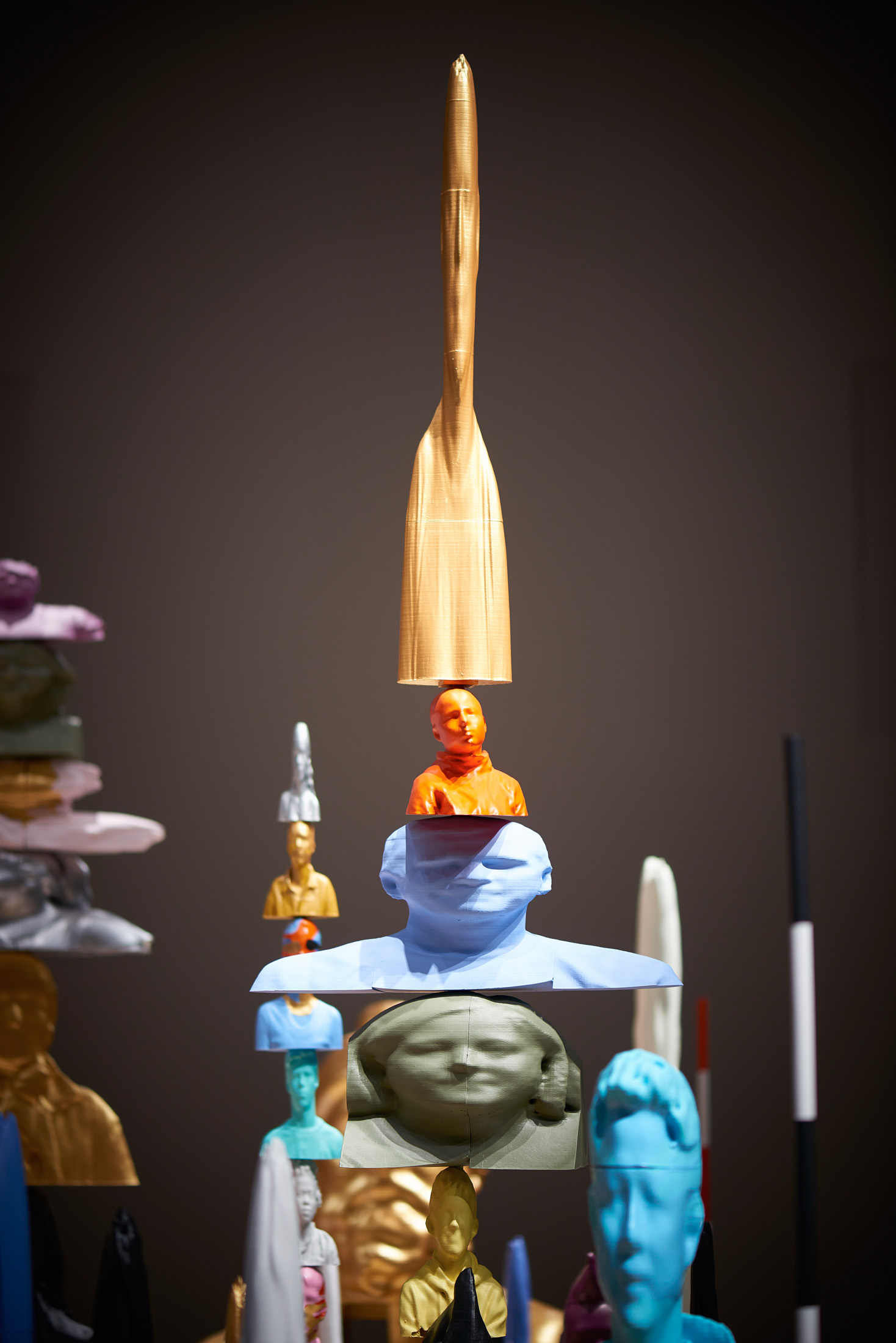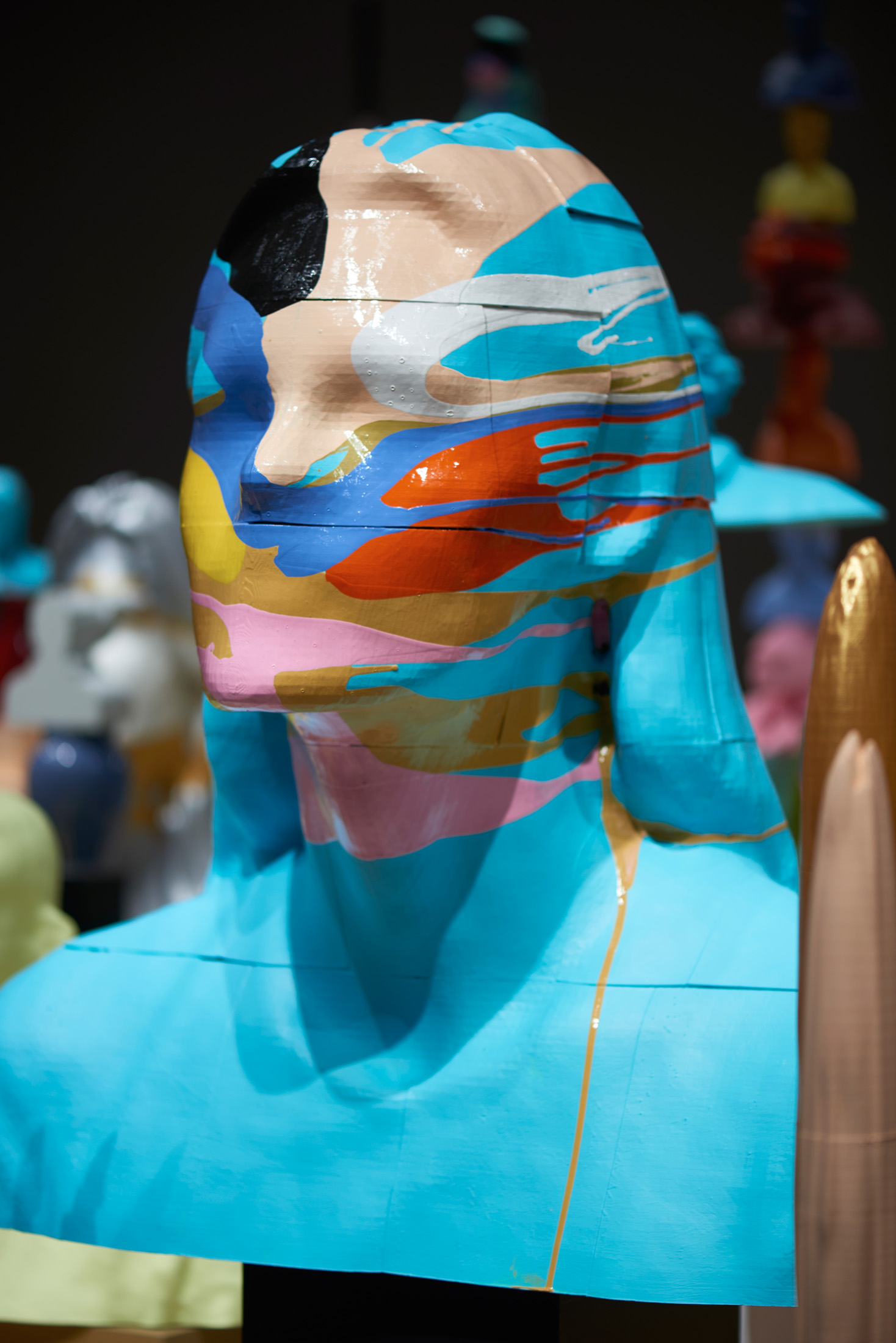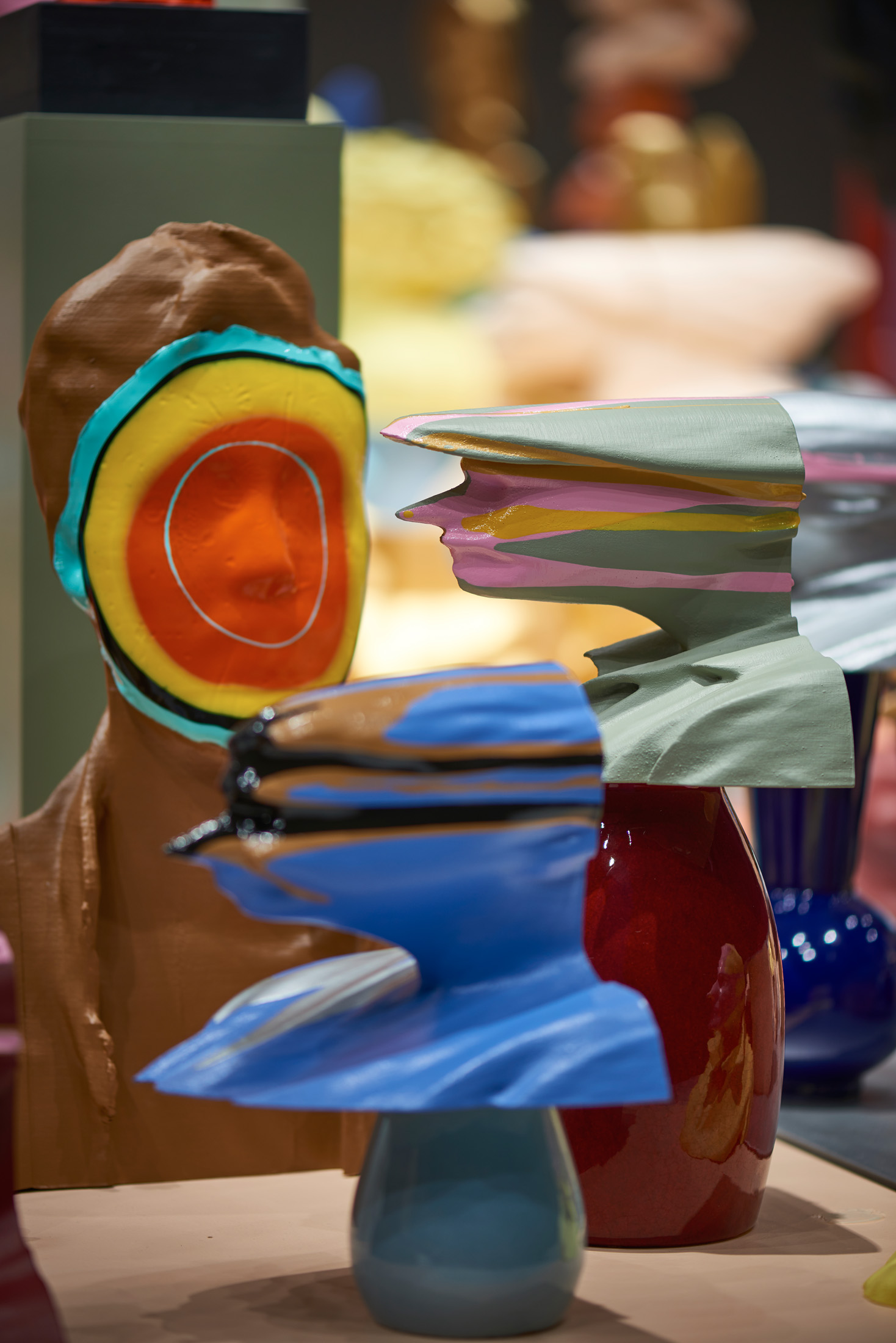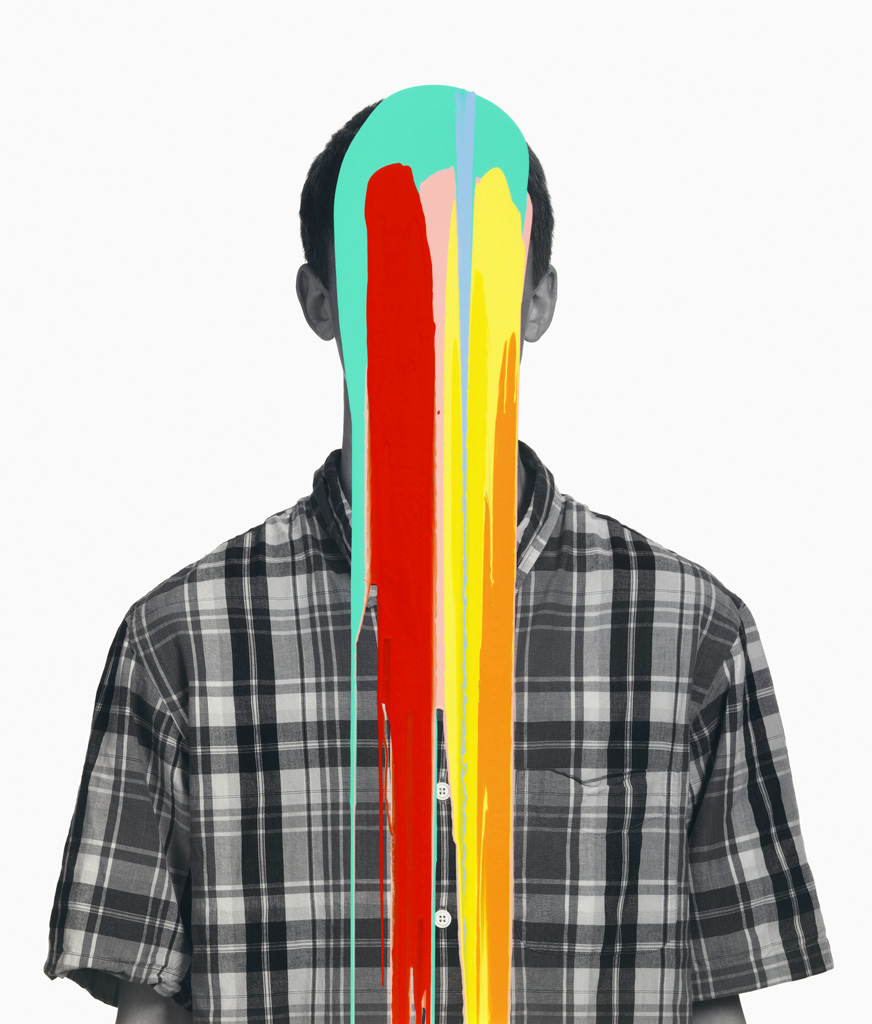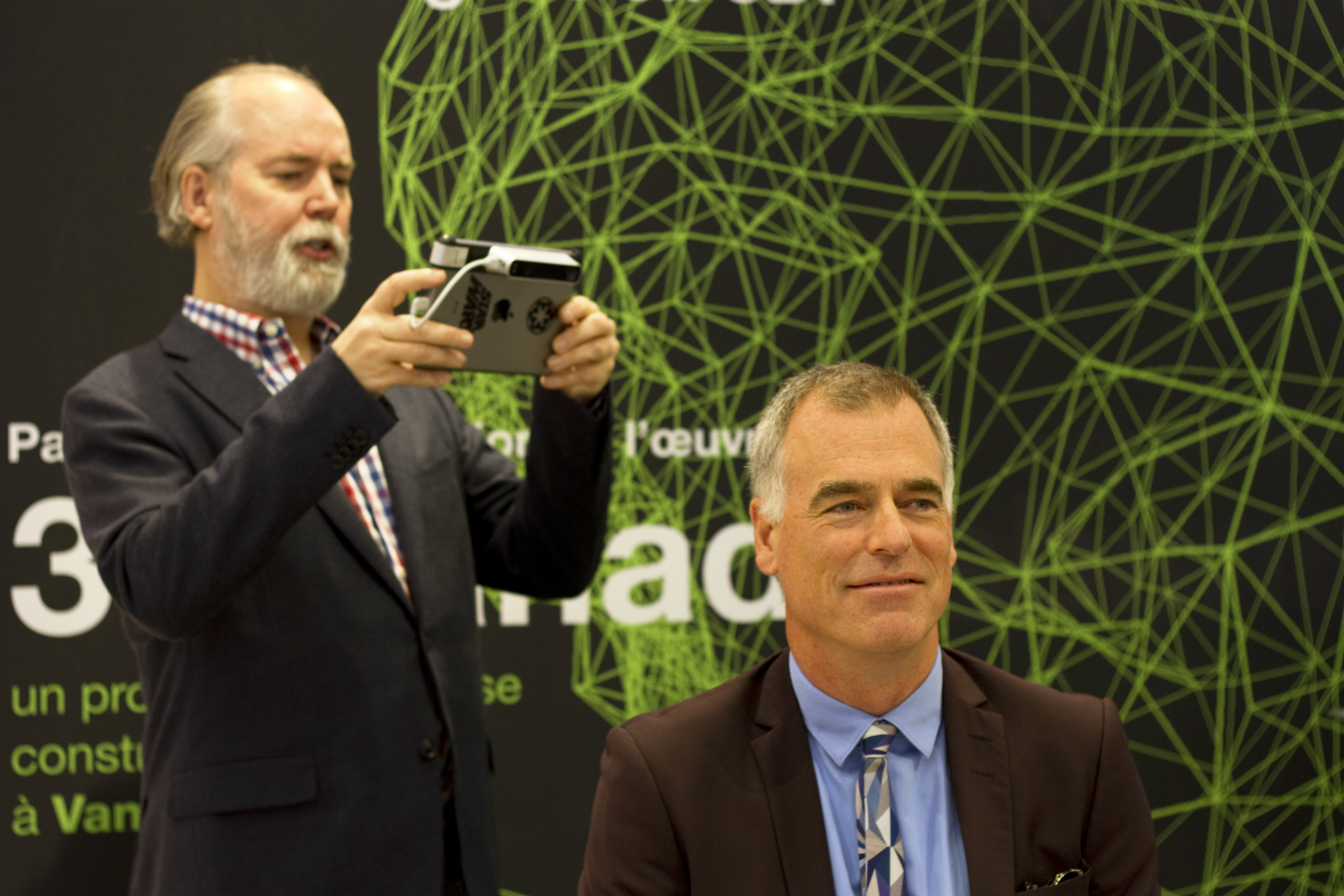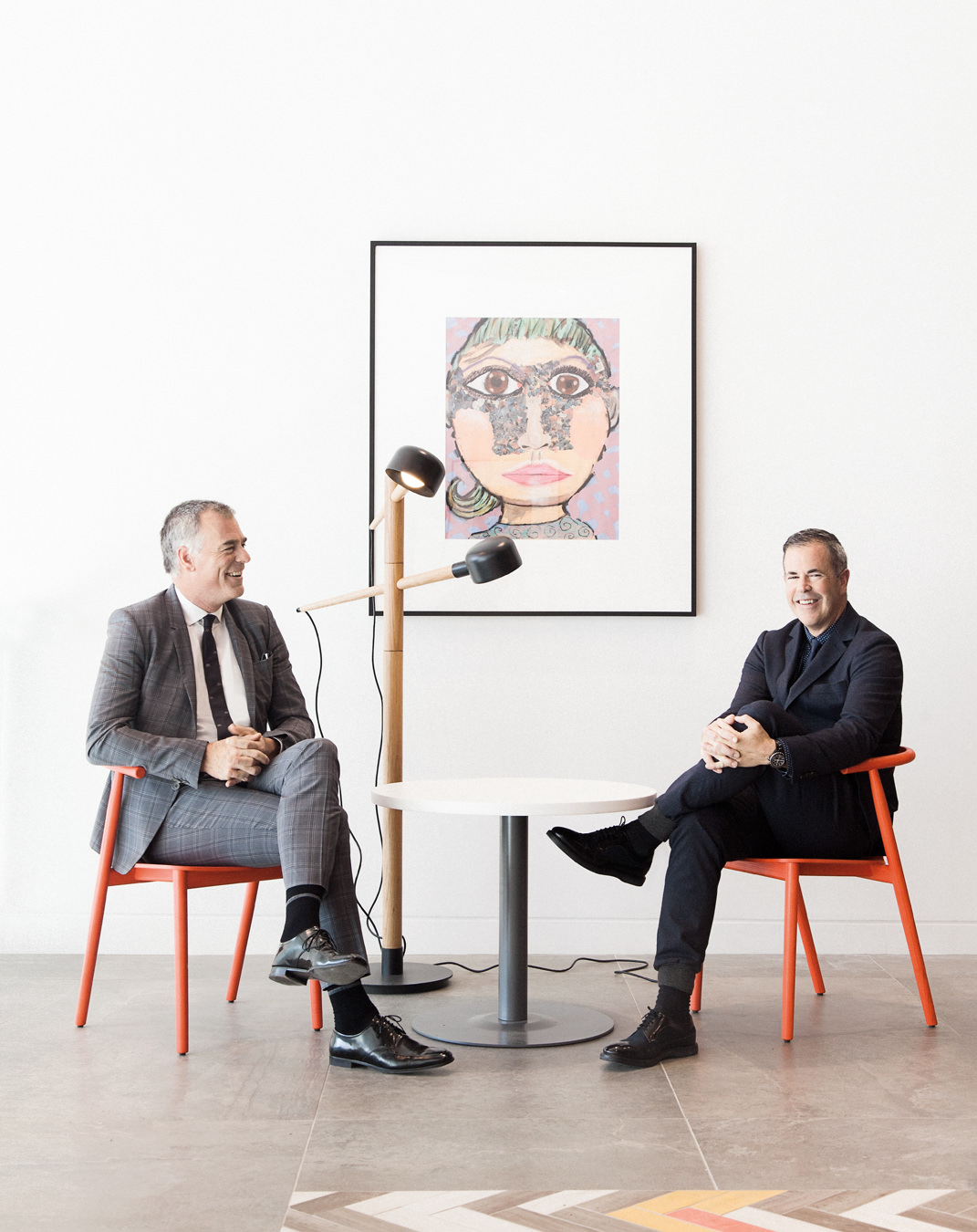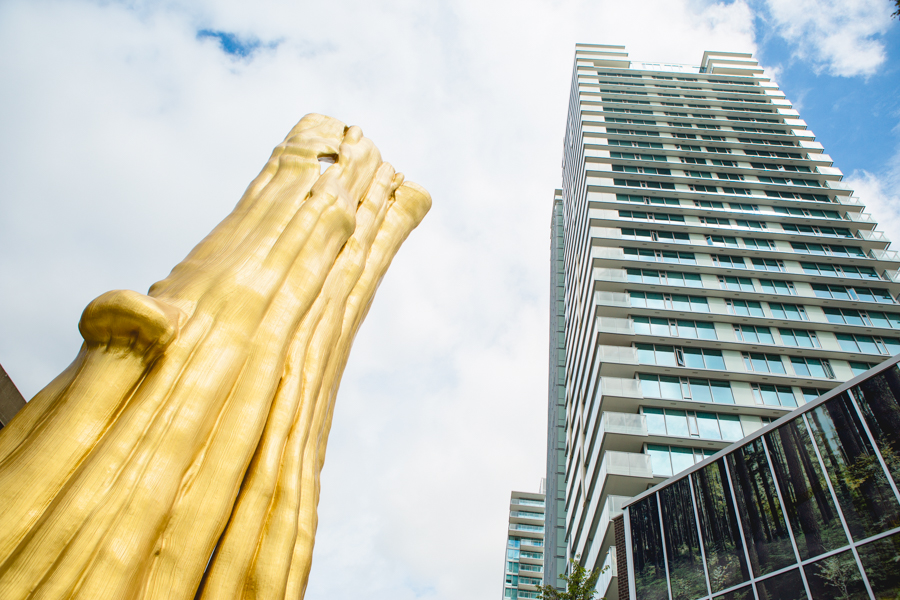Douglas Coupland’s National Portrait
A snapshot of Canadians.
On a drizzly early winter afternoon—just around the time Vancouver locals expect the daily crow migration to pass overhead—artist Douglas Coupland stands in a warehouse which, by the time you’re reading this, will have begun its transformation into a condo tower. Facing him in the cavernous space are 1,000 heads; they are technicolour and vary in size and shape, some squashed down, some warped long and skinny (the latter Coupland calls “asparaguses”). All together, they resemble a crowd at a music festival or a street-wide parade—a joyful mob. “It’s about unity” says Coupland, observing his work. “It’s a time capsule of what we are, right now.”
The piece is titled The National Portrait and it’s set for exhibition at the new Ottawa Art Gallery June 29 until August 19, when it will be transferred to a selected Simons department store (Coupland and the Canadian retail company have an ongoing artistic relationship). True to its name, The National Portrait is a snapshot of Canadians—specifically those who participated in Coupland’s two-year-long 3DCanada event, a cross-country tour in which the artist and his team set up scanners and 3-D printers in Simons locations, and invited any and everyone to come have their likeness rendered in cornstarch-based plastic filament (each received a mini-me bust to keep).
“It’s about unity” says Coupland, observing his work. “It’s a time capsule of what we are, right now.”
All together, the team made 1,700 scans and used 70 kilometres of raw material. That’s a lot of people, and yet the individuality of each is palpable in the final piece—especially to Coupland, who, as he circles the project, can recall anecdotes about every single one. “There was energy around each person that makes it very easy to remember them. Honestly, you can remember almost every single person here, not their name but their aura and what they were like,” he says. Some of his favourites and those with the most distinctive styles—an urban lumberjack-looking fellow he met in Vancouver, or a mohawked man he bribed to participate in Halifax. “We realized what makes for the best scan is really cool hair or like a cowl-neck sweater or a hoodie or super chunky jewellery or something like that,” says Coupland. “Someone like that girl there,” he says pointing at one bust, “We saw her in Edmonton, her hair was amazing, and I was like ‘Hiiii can we scan your heeead?’ I’d grab people.”
The National Portrait is hardly Coupland’s first foray into busts—the artist has created everything from a giant bronze likeness of Vincent van Gogh outside of Martin’s Lane Winery, to a Vancouver Terry Fox memorial, to his infamous Gumhead, a two-metre high self-portrait onto which onlookers were encouraged to plaster chewing gum. But these projects were crafted in limiting mediums—expensive and heavy bronze, or resin and polyester. Thanks to the relative ease of 3-D printing and the durability of its materials, The National Portrait marks the first time Coupland felt he could really relax into the classical form. “The one thing you can do now you could never to before is be really cavalier with busts,” he says, illustratively banging someone’s head against a table.
There is a touching sense of freedom in The National Portrait, both to the artist’s transcendence of the boundaries of his medium and the nation-wide collaboration that contributed to its making—this is a work of art in which all Canadians can see themselves.
Photos by Lawrence Cook.
_________
Never miss a story. Sign up for NUVO’s weekly newsletter, here.

